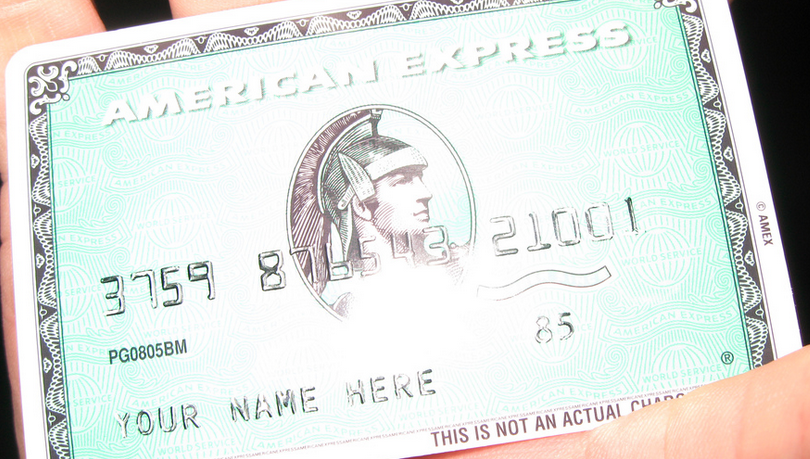What The Numbers On Your Credit Card Indicate
The first part is the easiest, and one that most people have either learned about or assumed — the initial digit in your credit card number indicates the card network.
You may have noticed on some e-commerce sites that the e-tailer recognizes immediately after you’ve typed in that first number what kind of card you’re using. A “4” is for Visa, “5” for MasterCard, “6” for Discover, and “3” covers American Express, Diner’s Club, and Carte Blanche.
What you may not know is that the next several digits indicate what type of card you’re using. Credit.com points out that a Citi AAdvantage Executive MasterCard will begin with 546616.
This is why it’s often the last few digits of your card that banks and card companies use to refer to your account. However, a scammer could try to use this basic information to talk an ill-trained employee into revealing more information about a customer.
“I need to get a new card, but the right half got mangled by my teething puppy — I have the first six numbers though…”
Then there are the check digits inserted throughout the card to verify the validity of a number to any card processor.
Credit.com’s Jason Steele does his best to explain how, with a little math, you can tell if a card number is valid:
For 16-digit numbers, start with the first number on the left, and double each alternating number on the card. (For 15-digit numbers, start with the second number from the left.) Add any double-digit numbers so that they reduce to a single-digit number. (For example, if one of the numbers is 8, it doubles to 16, then you add 1 + 6 to get 7.) Next, add those together with the alternating numbers that you did not double. If the total you get is divisible by 10, the credit card number is likely valid.
The card issuer inserts check numbers to ensure that this math works out correctly so that the total of those added-up digits is divisible by ten.
None of this is intended to be a safeguard against identity theft. If anyone gets this information — like, say, by hacking a mammoth retail hardware chain — they could easily make fake cards that could be used for in-store purchases until the account is shut off.
Want more consumer news? Visit our parent organization, Consumer Reports, for the latest on scams, recalls, and other consumer issues.


